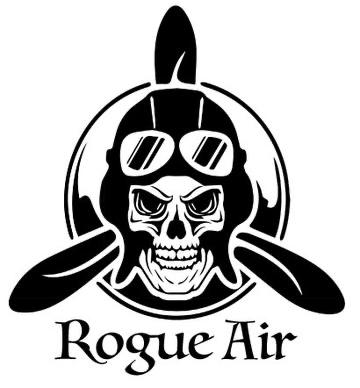
Turbine engines are internal combustion engines commonly used in aircraft, powerplants, and ships. They work by taking in air or a fuel-air mixture, compressing it, and then igniting it to generate thrust or rotary power. This process is achieved through a series of rotating and stationary turbine blades, which create a continuous flow of gas through the engine.
The basic components of a turbine engine include the compressor, combustion chamber, turbine, and exhaust nozzle. The compressor is responsible for sucking air and compressing it to a higher pressure. This compressed air is mixed with fuel in the combustion chamber and ignited to produce a high-temperature, high-pressure gas.
The gas then passes through the engine's turbine section, which consists of a series of stationary and rotating blades. The rotating blades are attached to a shaft, which spins as the gas passes over them. This rotational energy can then be used to power a generator, propeller, or turbine.
The gas is then allowed to expand and cool as it passes through the exhaust nozzle, which helps to generate additional thrust. The overall efficiency of the engine is dependent on many factors, including the design of the turbine blades, the compression ratio of the compressor, and the overall size of the engine.
One of the most significant advantages of turbine engines is their ability to operate at high altitudes, where the air is thin and conventional piston engines begin to lose power. This is because turbine engines can compensate for the lower air density by compressing the air and increasing the fuel flow to maintain thrust or power.
However, turbine engines also have their disadvantages. They are generally more expensive to design and manufacture than piston engines and require a reliable source of high-quality fuel. Additionally, they can be noisy and produce significant emissions, which can harm the environment.
In conclusion, turbine engines are a sophisticated type of internal combustion engine that generates power through the use of a rotating turbine. While they have advantages and disadvantages, they remain essential to modern transportation and power generation.